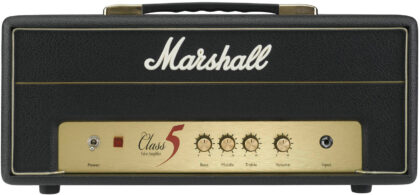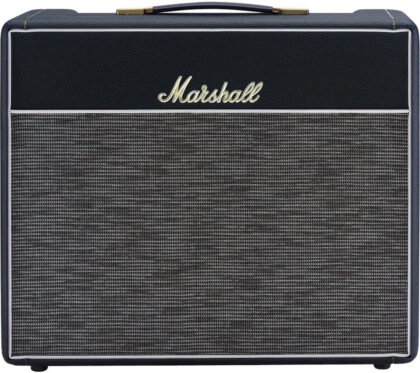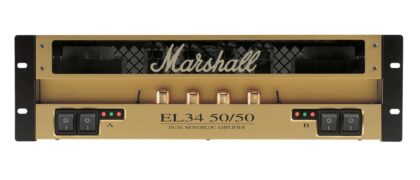-
Marshall Class 5 Retube Kits
$62.50 -
Marshall Class 5 Retube Kits
$65.50 -
Marshall Class 5 Retube Kits
$62.00 -
Marshall Class 5 Retube Kits
$96.00 -
Marshall Class 5 Retube Kits
$73.00 -
Marshall Class 5 Retube Kits
$62.50 -
Marshall Class 5 Retube Kits
$65.50 -
Marshall Class 5 Retube Kits
$73.00 -
Marshall Class 5 Retube Kits
$62.00 – $96.00 -
Marshall Class 5 Retube Kits
$62.00 -
Marshall Class 5 Retube Kits
$96.00 -
Marshall 18 Watt 1974X Retube Kits
$128.00 -
Marshall 18 Watt 1974X Retube Kits
$128.00 -
Marshall 18 Watt 1974X Retube Kits
$125.00 -
Marshall 18 Watt 1974X Retube Kits
$125.00 -
Marshall 18 Watt 1974X Retube Kits
$175.50 -
Marshall 18 Watt 1974X Retube Kits
$139.50 -
Marshall 18 Watt 1974X Retube Kits
$139.50 -
Marshall 18 Watt 1974X Retube Kits
$175.50 -
Marshall 18 Watt 1974X Retube Kits
$124.50 – $175.50 -
Marshall 18 Watt 1974X Retube Kits
$124.50 -
Marshall 18 Watt 1974X Retube Kits
$124.50 -
Marshall EL34 100/100 Power Amp Retube Kits
$382.00 -
Marshall EL34 100/100 Power Amp Retube Kits
$366.00 -
Marshall EL34 100/100 Power Amp Retube Kits
$314.00 -
Marshall EL34 100/100 Power Amp Retube Kits
$382.00 -
Marshall EL34 100/100 Power Amp Retube Kits
$334.00 -
Marshall EL34 100/100 Power Amp Retube Kits
$402.00 -
Marshall EL34 100/100 Power Amp Retube Kits
$314.00 -
Marshall EL34 100/100 Power Amp Retube Kits
$370.00 -
Marshall EL34 100/100 Power Amp Retube Kits
$298.00 -
Marshall EL34 100/100 Power Amp Retube Kits
$298.00 – $402.00 -
Marshall EL34 100/100 Power Amp Retube Kits
$302.00 -
Marshall EL34 50/50 Power Amp Retube Kits
$216.00 -
Marshall EL34 50/50 Power Amp Retube Kits
$284.00 -
Marshall EL34 50/50 Power Amp Retube Kits
$206.00 -
Marshall EL34 50/50 Power Amp Retube Kits
$274.00 -
Marshall EL34 50/50 Power Amp Retube Kits
$206.00 -
Marshall EL34 50/50 Power Amp Retube Kits
$274.00 -
Marshall EL34 50/50 Power Amp Retube Kits
$198.00 -
Marshall EL34 50/50 Power Amp Retube Kits
$266.00 -
Marshall EL34 50/50 Power Amp Retube Kits
$198.00 – $284.00 -
Marshall EL34 50/50 Power Amp Retube Kits
$200.00 -
Marshall EL34 50/50 Power Amp Retube Kits
$268.00 -
Marshall EL84 20-20 Power Amp Retube Kit
$160.00 -
Marshall EL84 20-20 Power Amp Retube Kit
$167.00 -
Marshall EL84 20-20 Power Amp Retube Kit
$160.00 – $167.00 -
Marshall 100 Watt MA100 Retube Kits
$222.00






